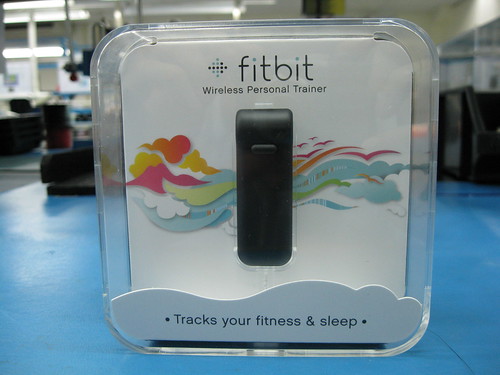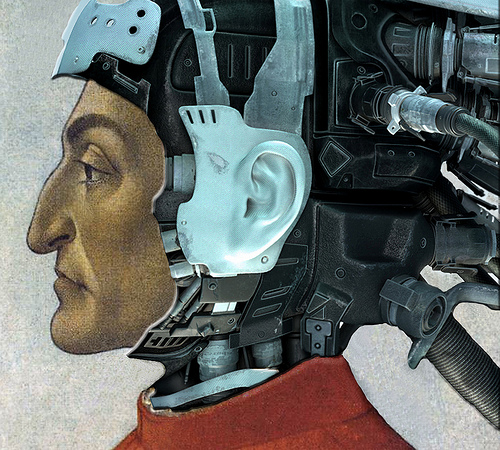Total Recall, Personal Informatics and Life Logging

It’s been a little while since my last post and figured it was time to get back into my blogging groove. I recently came across a few interesting links that I thought I would share. The two topics I want to discuss are Personal Informatics and Life Logging. I found it fascinating that both of these topics, complex and mysterious sounding on their own, are very much related to my primary research project: My Personal Memex.
For those not familiar with the concept of the Memex:
“Consider a future device for individual use, which is a sort of mechanized private file and library. It needs a name, and, to coin one at random, “memex” will do. A memex is a device in which an individual stores all his books, records, and communications, and which is mechanized so that it may be consulted with exceeding speed and flexibility. It is an enlarged intimate supplement to his memory.” — Vannevar Bush (1945)
Total Recall
Fast forward fifty four years, and we finally have the technology (hardware and software) to make the Memex a reality. My project has been primarily focused on fulfilling a small portion of the the original idea, but has only touched the surface. The Memex fully realized would be a system that completely (and automatically) digitizes experiences, memories, and interactions with the environment. The capability for Total Recall , offloading human memory to a digital space, is not too far away (think Cyborgs). Now for the fun!
Personal Informatics
According to Johnny Holland, Personal Informatics is:
“… characterized as the monitoring and displaying of information about our daily activities through intelligent devices, services and systems. This information allows us to see trends and opportunities for change that we would otherwise miss. With the rise in network and RFID technology we are pointing to a time where personal informatics can play an important role in our lives. If people can access this information about their daily routines, and interact with their own personal data currently invisible to them: would they make more informed decisions?”
The example in this category that I wanted to share is a new product called FitBit. The Fitbit accurately tracks your calories burned, steps taken, distance traveled and sleep quality. The Fitbit contains a 3D motion sensor like the one found in the Nintendo Wii. The Fitbit tracks your motion in three dimensions and converts this into useful information about your daily activities.

A camera you can wear as a pendant to record every moment of your life will soon be launched by a UK-based firm.
Originally invented to help jog the memories of people with Alzheimer’s disease, it might one day be used by consumers to create “lifelogs” that archive their entire lives.
Worn on a cord around the neck, the camera takes pictures automatically as often as once every 30 seconds. It also uses an accelerometer and light sensors to snap an image when a person enters a new environment, and an infrared sensor to take one when it detects the body heat of a person in front of the wearer. It can fit 30,000 images onto its 1-gigabyte memory.
The ViconRevue was originally developed as the SenseCam by Microsoft Research Cambridge, UK, for researchers studying Alzheimer’s and other dementias. Studies showed that reviewing the events of the day using SenseCam photos could help some people improve long-term recall.

4 Responses
research.microsoft.comseems to be down at the moment at least for me so these may be linked from there:Computer History Museum – Total Recall: How the E-Memory Revolution will Change Everything and Authors@Google: Gordon Bell & Jim Gemmell
Eric, I don’t know if you got my e-mail the other day about my new site IntegralDiagrams.info
Another related article:
Saving Your Life on a Hard Drive
http://thefutureofthings.com/articles.php?itemId=16/
[…] last year I wrote a personally pivotal blog post on Total Recall, Personal Informatics and Life Logging. This was an eye-opening post for me since I discovered the work of Gordon Bell, learned more […]
[…] was around this time that I had first caught wind of Life logging and the Quantified Self movement. I had the notion that if I could get better at monitoring my […]